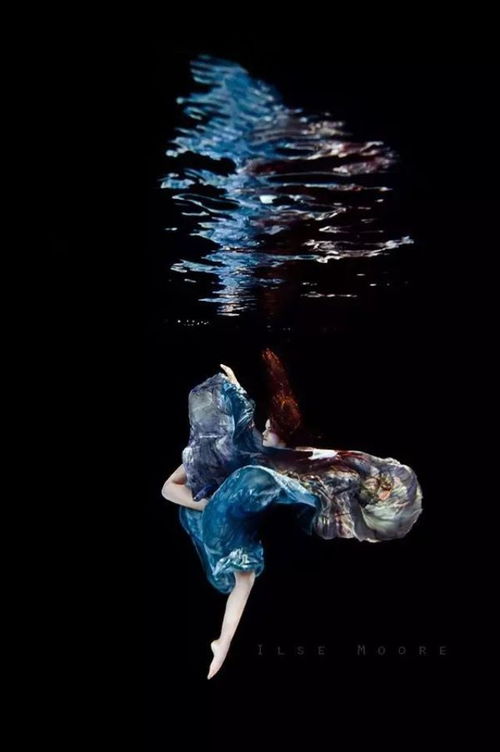
The Allure of Stream Fishing: A Guide to Choosing the Right Bait and Techniques
Stream fishing, with its serene surroundings and the thrill of catching fish in their natural habitat, is a cherished pastime for many anglers. The challenge lies in mastering the art of presenting the right bait to the elusive fish that inhabit these flowing waters. In this article, we delve into the world of stream fishing, offering insights into the best techniques and baits to use for a successful day on the water.
Understanding Stream Fish Behavior
Before delving into the specifics of bait and techniques, it's crucial to understand the behavior of fish in a stream environment. Unlike still waters, streams are dynamic, with currents, temperature fluctuations, and varying depths. Fish in streams are often more cautious due to the higher presence of predators and the constant movement of water. This means that the bait you choose and the way you present it must mimic the natural food sources and movements of the fish.
Choosing the Right Bait
Natural Food Sources: The first step in selecting the right bait is to identify the natural food sources in the stream. This could include insects, small fish, or crustaceans. For instance, if the stream is teeming with mayflies, using a fly pattern that imitates these insects can be highly effective.
Live Bait vs. Artificial Lures: Live bait, such as worms, minnows, or leeches, can be very effective in streams. They offer a realistic and moving target that fish find hard to resist. However, artificial lures can be more versatile and require less maintenance. They come in various shapes and sizes, designed to mimic a wide range of natural prey.
Flavor and Aroma: Adding a bit of flavor or aroma to your bait can sometimes make the difference between a catch and a miss. Products like scented baits or attractants can be mixed with your bait to make it more appealing to fish.
Presentation Techniques
Nymphing: This technique involves fishing a nymph, an artificial fly or lure that imitates an insect in its larval or pupal stage, just below the water's surface. It's particularly effective in streams with strong currents, as it allows the bait to drift naturally with the flow.
Dry Fly Fishing: Dry fly fishing is a popular method in streams, where the angler imitates adult insects that are flying above the water. The key is to cast the fly upstream and let it drift naturally towards the fish, often using a gentle presentation to avoid spooking the fish.
Streamers: Streamers are large, often brightly colored lures that mimic larger prey like minnows or leeches. They are effective in slower sections of streams or when targeting larger fish species. The technique involves casting the streamer upstream and retrieving it in a method that mimics the movement of the prey.
Using the Right Gear
Rod and Reel: For stream fishing, a lightweight rod with a fast action is ideal. It allows for precise casts and quick adjustments to the line. A quality reel with a smooth drag is also essential to handle the currents and avoid line twists.
Line: A floating line is generally preferred for dry fly fishing, while a sinking line is better for nymphing or streamer fishing. The choice of line also depends on the depth of the water and the type of fish being targeted.
Leaders and Tippets: Leaders should be strong enough to handle the currents and the occasional snag, but flexible enough to allow for natural presentations. The tippet size should match the bait being used and the size of the fish you're targeting.
Conclusion
Stream fishing is an art that requires patience, observation, and a bit of luck. By understanding the behavior of fish in a stream, choosing the right bait, and mastering the presentation techniques, you can increase your chances of success. Remember, the key to stream fishing is not just catching fish, but enjoying the experience and the beauty of nature. With the right approach, you'll find that the rewards of stream fishing are as abundant as the fish themselves.












